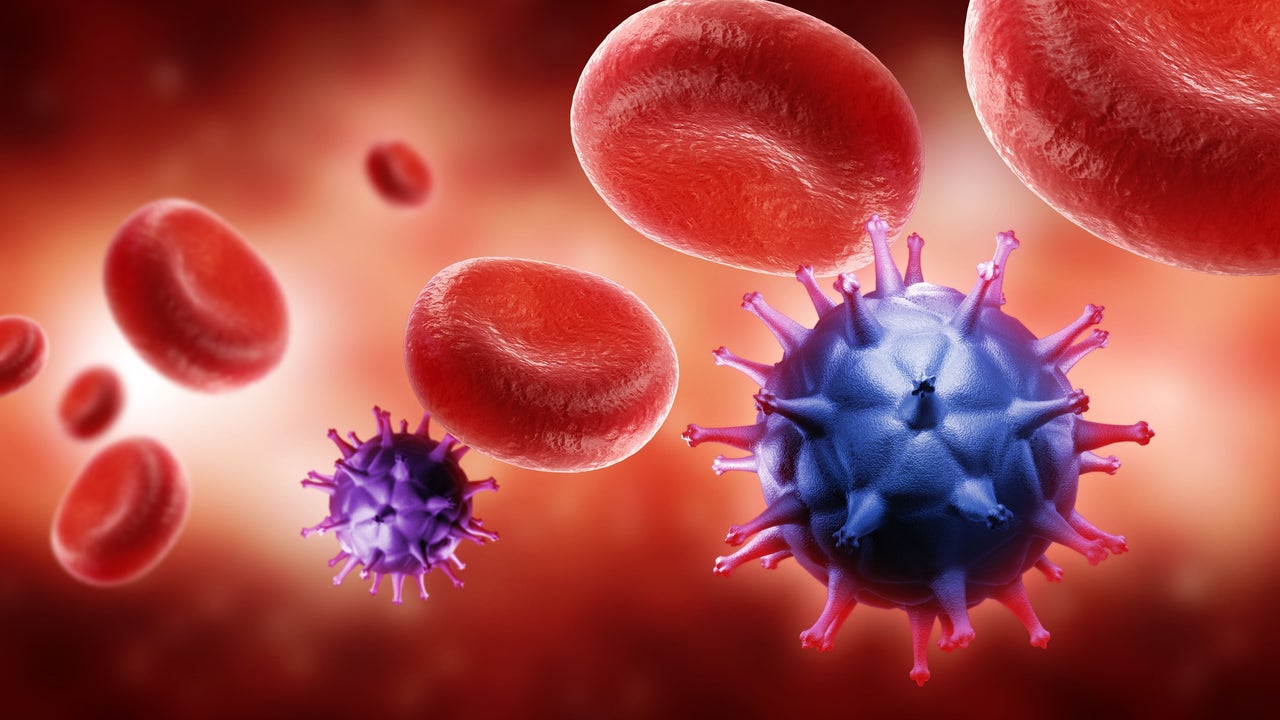HIV cases in Spain have fallen by 9% per year since 2017

Since 2017, there has been a downward trend in new HIV cases in Spain, since, according to Victoria Hernando, Chief Researcher of the Epidemiological Surveillance Department for HIV, STIs and Hepatitis B and C of the National Center for Epidemiology ISCIII, “In 2017, there were 4,300 cases, and now there are about 3,000,” which represents a “nine percent” reduction in new infections each year.
“With HIV, reduction is important, although there are differences, the reduction is the same between men and women. Among men who have sex with men, the decline has been 12 percent annually since 2018, similar to heterosexuals and injection drug users. drugs, there has been a decrease of 12 percent since 2013,” explained Victoria Hernando during her participation in the “XI Conference on Public Health: Comprehensive Response to HIV” at the Ministry of Health, organized by Gilead in collaboration with SEISIDA.
However, among immigrants, the expert noted that in 2013 and 2017 there was a decrease, but now it is “insignificant.” Likewise, men having relationships with younger men have seen a “significant decline since 2017,” but among adults, “it has slowed and plateaued after age 50.” “This is the group we need to focus on,” he warned.
“These changes can be explained by the fact that in 2017, antiretroviral treatment was started immediately after diagnosis and, thus, the chain of transmission was interrupted,” the expert noted.
The fight against HIV/AIDS remains a global public health priority. In this context, interdisciplinarity becomes a critical factor in improving the effectiveness of diagnosis, treatment, prevention and well-being of people living with HIV. However, in some cases, some important groups were not represented in the decision-making process.
“Early diagnosis of HIV is essential for effective treatment and reduction of transmission of the virus. Unfortunately, according to the latest epidemiological data, in Spain the rate of late diagnosis remains alarmingly high,” said an internal medicine specialist at the HIV/AIDS Center. and consultation on viral hepatitis at the Infanta Leonor University Hospital (Madrid) and the elected president of the Spanish Interdisciplinary Society for AIDS (SEISIDA), Pablo Ryan.
Thus, the need for a collaborative and interdisciplinary approach to addressing HIV was highlighted, demonstrating how integration of efforts can enrich and strengthen the response to this epidemic. In the context of HIV and AIDS surveillance in Spain in 2022, the data reveal key aspects of the current situation that need to be taken into account when developing future public health strategies. In 2022, there were 2,956 new HIV diagnoses.
It is important to highlight that 85.7 percent of diagnoses correspond to men, with an average age of 36 years. Transmission between men who have sex with men (MSM) accounts for 55 percent of cases, followed by heterosexual transmission (24.5%) and between people who inject drugs (PWID) at 1.9 percent.
In addition, 46.5 percent of new diagnoses occurred in people from other countries, and 48.6 percent were late diagnoses. Managing aging and its associated comorbidities poses another major challenge, noted Pablo Ryan. “As life expectancy for people living with HIV increases, it is critical to address both HIV-related and aging-related needs in an integrated manner, thereby promoting overall well-being,” he said.
Another key aspect is mental health and emotional well-being, which plays a critical role in caring for people with HIV. “Addressing issues such as anxiety, depression and other disorders is essential to providing comprehensive care,” Ryan said.
Likewise, there was consensus among participants to emphasize the importance of guaranteeing access to health care for all populations, especially vulnerable ones such as people involved in the sex industry or intravenous drug use.
“Developing inclusive strategies is necessary to overcome the barriers these groups face,” Ryan said. Regular monitoring and promotion of treatment adherence are fundamental to long-term success in the fight against HIV, as emphasized by the Director of the Division for the Control of HIV, STIs, Viral Hepatitis and Tuberculosis of the General Directorate of Public Health of the Ministry of Health, Julia del Amo.
Additionally, “combination prevention, including comprehensive sexuality education and access to pre-exposure prophylaxis (PrEP), remains a priority,” del Amo added. To achieve significant progress in the fight against HIV, “it is critical to promote interdisciplinary collaboration and the active participation of all health professionals, including nurses, pharmacists, social workers and representatives of nongovernmental organizations specializing in HIV/AIDS.” pharmaceutical industry.
“Our passion is to end this epidemic for everyone, everywhere, by using the tools we have and delivering innovative solutions that will improve the care and quality of life for people living with this disease. This is an ambitious goal, but we know it is possible and we want to do our part to make it a reality,” said Maria Rio, vice president and general manager of Gilead*Spain.
To summarize, an interdisciplinary approach is not only necessary, but essential to address the challenges of HIV/AIDS today. “We call on all parties involved to work together for a future without this disease,” said Julia del Amo.
